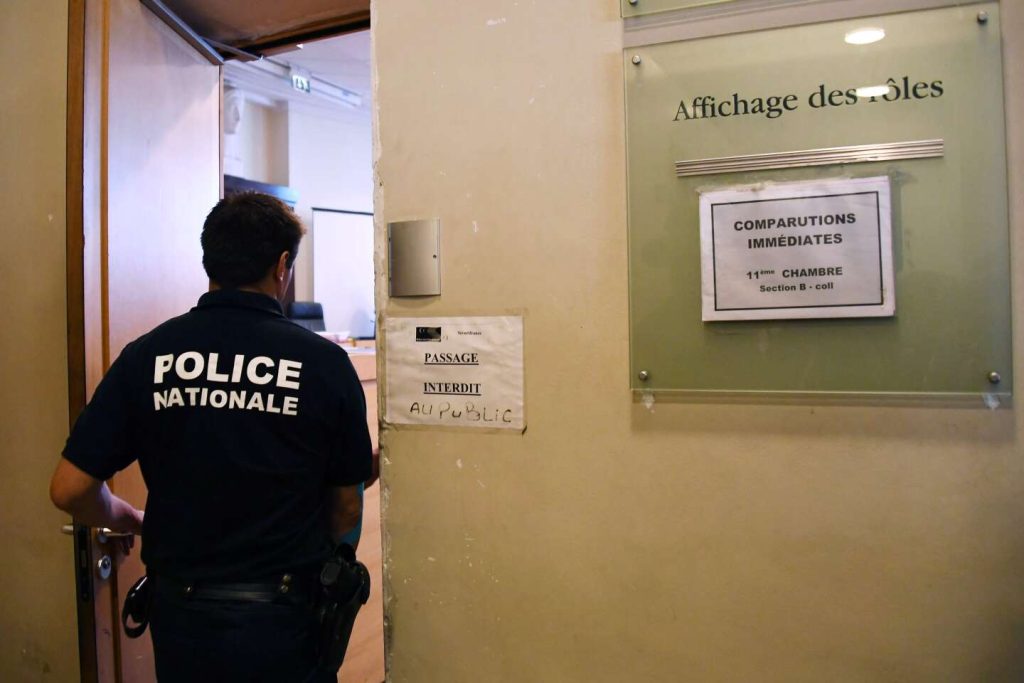Two municipal police officers from Marseille who, in 2019, opened fire six times on a driver who refused to stop and tried to flee at all costs had very different judicial outcomes on April 16th. Both officers were charged with voluntary violence by a person in a position of authority using a firearm, with one, Lionel M., 37, being sentenced to a one-year suspended prison term and a five-year ban on owning a weapon, while the other, Eric A., 55, was acquitted. During the trial on March 26th, the prosecution had requested a thirty-month suspended sentence, arguing that the officers were motivated by frustration rather than self-defense.
On April 28th, 2019, in the southern neighborhoods of Marseille, three municipal police officers on motorcycles caught up with Anthony T.’s vehicle after he ran a red light. Anthony refused to stop, drove down a one-way street, and caused multiple collisions with oncoming vehicles. At one point, the officers believed their colleague behind the vehicle was at risk of being crushed during a sudden reverse maneuver by the fleeing driver, prompting them to fire shots at the windshield to prevent harm. Lionel M., who shot four times with his 357 Magnum Manurhin Special Police, injuring the driver in the neck, shoulder, and arm, explained in court that he was trying to save his colleague from being killed.
Although the officers had never used their weapons in their combined twenty-four years of service, they both felt compelled to take action to protect their colleague from potential harm. Eric A., who fired two shots at the windshield of the vehicle, stated that his intention was to injure the driver in order to stop the vehicle from progressing further. The legal proceedings surrounding the case highlighted the complexities of assessing the use of force in such situations, with prosecutor Ahmed Chafai emphasizing the importance of having certainty that one’s actions are justified before resorting to gunfire.
The challenges of determining the degree of danger faced by the officers during the incident were further complicated by witness testimonies and procedural intricacies. The officer positioned at the back of the vehicle had jumped onto a parked car upon seeing the taillights of the fleeing vehicle illuminate, but a witness observing the scene pointed out that he was approximately three meters away from the vehicle and not directly in its path. This discrepancy in perception raised questions about the officers’ decision-making process and the necessity of resorting to lethal force. The outcome of the trial underlined the importance of thorough investigation and accountability in cases involving the use of weapons by law enforcement officers.
In the aftermath of the incident and the subsequent legal proceedings, the consequences for the officers involved varied significantly, with one facing a suspended prison sentence and a weapon ownership ban, while the other was acquitted. The differing judgments reflected the complexities of assessing the actions of individuals in high-pressure situations, particularly when the duty to protect one’s colleagues and uphold public safety comes into conflict with the need to operate within legal and ethical boundaries. The case served as a reminder of the challenges faced by law enforcement officers in making split-second decisions that can have far-reaching consequences for all parties involved.


